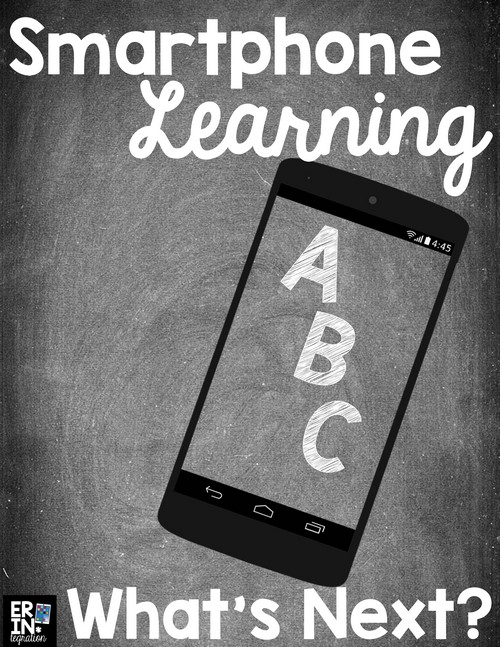Smartphones, tablets, and other mobile devices are becoming the go-to edtech standard , but it is always fun to think what might be the next big thing. While Apple Watches and Google Glasses might not have taken off the way their developers hoped, Google Cardboard and 3D printers are finding their way into classrooms by enthusiastic early adopters. Technology changes so quickly; it is important to be aware of what is out there and what is coming. JBTech joins us to share some of the technology on the horizon and ways it might be used in schools.
What’s next after smartphone learning?
With the constant evolution of mobile devices, they have become important tools across various sectors, particularly in the educational industry. Smartphones and tablets, which were once thought of as distractions to students, are now being leveraged and allowed by schools to provide learners with effective learning materials that they can consume inside and outside of the classroom. Research featured in EdTech said 431,000 students in grades 6-12 have access to mobile devices, while 42,000 of teachers practice BYOD (bring your own device) strategies in the classroom.
Through mobile devices, lessons can be sent or accessed via email, visual references are saved in high-resolution photos, and documents can be edited on the go, among other relevant activities. New mobile units under various brands are introduced every few months to address the growing demand for features, and software updates as well as fresh services that are continuously supplied to registered mobile devices to align with rapid changing trends.
But as technology continues to evolve and becomes more powerful, other forms of high-tech educational solutions are provided to modern day learners. Read on below to find out what one should expect in the future of mLearning after the proliferation of mobile devices dies down.
VR education
While the technology is still in its infancy, Virtual Reality is seen as the next big thing in eLearning. Currently, the US Marine Corp is leveraging VR to train soldiers by using a modified version of the game Doom II to teach new recruits.
Likewise, experts see VR as having a positive effect in transforming the learning process, especially since a myriad of companies are now working solely to produce dedicated educational content for modern students and training tools for teachers. The technology has the ability to present more immersive learning experiences by providing ‘realistic’ images of their lessons. This is a great educational technology, especially in classes such as history where students need to revisit a particular era in the past. It gives learners a more effective way to understand lessons and present them with real world scenarios and examples.
Biometric sensor
Smartphones made biometric sensors, such as the fingerprint scanner, mainstream. In fact, most premium handsets today, including the iPhone 6s, come with this technology for security purposes. According to many media outlets, the Touch ID is used as a way to provide advanced security to users by allowing only the registered owner to unlock the device and make purchases using the Apple Pay.
However, the next form of biometric sensors through eye-tracking, will revolutionize eLearning. Experts foresee the technology as an aid for teachers to understand how their students absorb learning content. It has been proven effective by an advertising research firm when they used eye-tracking to see how consumers responded to ads and determined what captured their attention. The same form of analysis could be used by educators to adjust their learning content to best suit each individual student’s learning style.
Holographic learning
Another emerging technology that can revolutionize eLearning are holograms. These three-dimensional images have been famously used in concerts to resurrect popular deceased musicians such as Tupac during the 2012 Coachella Festival. There are many reasons why holographic technology can transform learning, as featured by Ed Tech Review, such as:
• The ability to deliver lectures in multiple classrooms anywhere and simultaneously
• Connect global remote classrooms
• A way to professional illustrate their work, lectures, projects, etc.
• Leads to a great learning experience
Educational gaming will also flourish along with holographic technology as it can make the content truly immersive and allow students to interact with the environments they build.
With a myriad of technologies set to transform the educational sector, it is expected that mobile learning will soon reach its ceiling and be replaced with better and more high-tech devices that offer effective learning approaches.
How do you foresee the future of mLearning? Share your thoughts with us.
About the Author
JBTech has been blogging about EdTech for a couple of years, following all the latest trends in eLearning and mLearning. She has been invited a couple of times to attend EdTech conferences in Asia. She hopes to see more high-tech technologies revolutionize the educational sector in the future.

